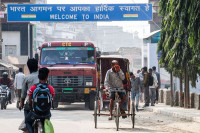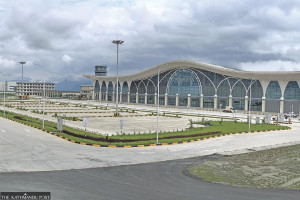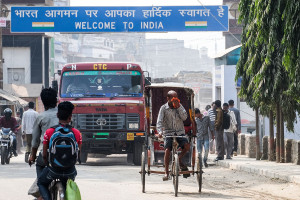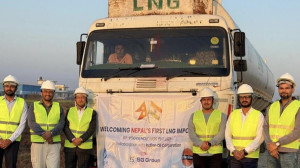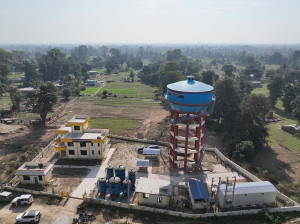Money
Nepal bans solo expeditions on Everest and other 8000ers
Revised rules also hike daily wages for liaison officers, high-altitude guides, other workers.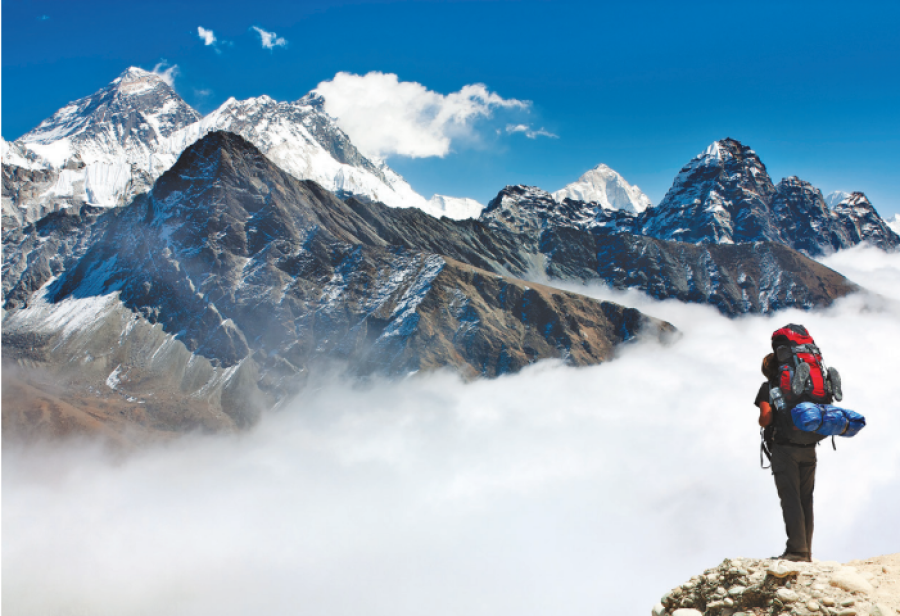
Sangam Prasain
Nepal has officially ended solo expeditions on Everest and other 8,000-metre peaks by amending its mountaineering regulations.
The Sixth Amendment was implemented on Tuesday following its publication in the Nepal Gazette, the official government publication.
The revised regulations bar solo expeditions and require that a guide is assigned for every two climbers for peaks above 8,000 metres, including Everest. For other mountains, the rule requires at least one guide per group.
“We have made guides mandatory to ensure climbers’ safety, particularly on the 8,000ers,” said Narayan Prasad Regmi, director general of the Department of Tourism, the government agency responsible for issuing climbing permits.
“The solo climbing era on these peaks has ended, regardless of a climber’s experience. Whether alpine-style or expedition-style, from now on, no one can climb these mountains without a support guide.”
This rule has shattered the dreams of many climbers, including German mountaineer Jost Kobusch. Kobusch, 32, had been attempting an ambitious solo winter ascent of Everest for several years. Last December, he reached an altitude of 7,537 metres on the West Ridge.
While expedition operators welcomed the new regulations, some pointed out potential loopholes.
Mingma Sherpa, managing director of Seven Summit Treks, Nepal’s largest expedition company, said making support guides mandatory is a positive move, as it creates local jobs and enhances safety. However, he noted that this does not necessarily eliminate solo climbing.
“If a professional climber hires a guide to comply with the rule, it doesn’t mean they can’t climb on their own,” Sherpa said.
Support guides are responsible for guiding, reporting, and documenting the climb. “For professional climbers, guiding is not always necessary,” he added.
Mandatory guides will not only reduce casualties but also help locate missing climbers and retrieve bodies in case of accidents. “A guide can at least pinpoint the area and request immediate search and rescue,” said Sherpa.
Under the revised regulations, the royalty fee for foreign climbers attempting Everest from the standard south route in the spring season (March-May) has increased from $11,000 to $15,000 per person.
The climbing fee for the autumn season (September-November) has risen from $5,500 to $7,500. For winter (December-February) and for monsoon (June-August) season, the fee has increased from $2,750 to $3,750.
Likewise, fees for other 8,000-metre peaks have also been raised. The spring season fee has jumped from $1,800 to $3,000. The autumn fee is now $1,500, up from $900, while the winter and monsoon seasons will now cost $750, up from $450.
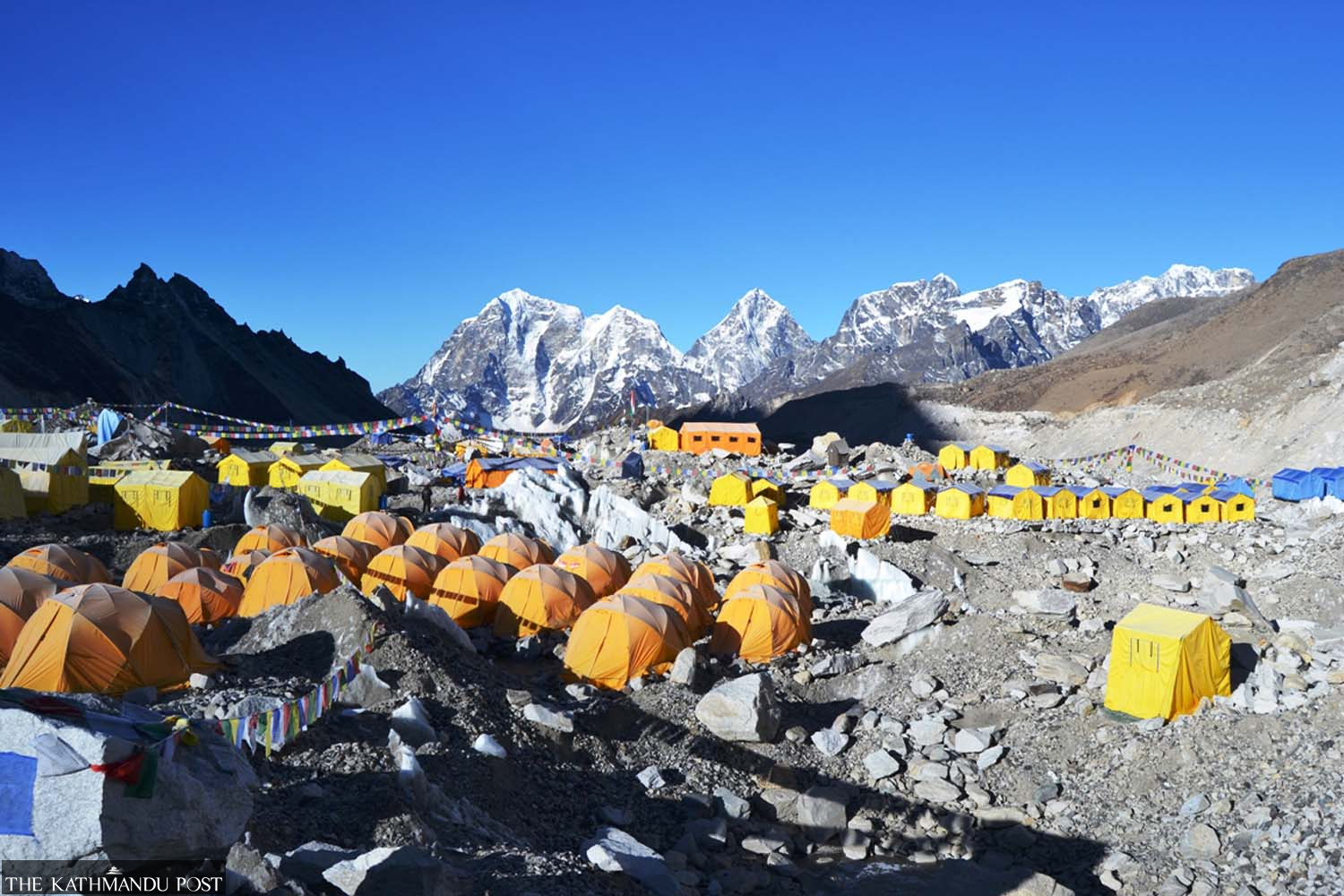
For Nepali climbers, the royalty fee for the normal route in the spring season has doubled from Rs75,000 to Rs150,000.
The last royalty fee revision happened on January 1, 2015, when the government switched from a group-based system to a uniform fee of $11,000 per climber for Everest’s spring season via the normal route.
The new rates will take effect on September 1, 2025.
Despite the hike, Nepal’s Everest climbing package remains cheaper than Tibet’s, said Sherpa.
“With this increase, the lowest package in Nepal, depending on the facilities and guides, would cost $35,000 per person. In Tibet, the minimum cost is $40,000.”
Tibet charges $10,000 for a climbing permit, which includes yak and motor transport to the base camp but excludes guides.
The Nepal government has introduced stricter rules, including garbage management, to manage crowding at Everest base camp.
Climbers, guides, and high-altitude base camp workers can no longer bring family members (husband, wife, father, mother, son, and daughter) to the camp. However, with prior approval from the tourism department, family members may stay at the camp for up to two days.
Additionally, high-altitude guides must now “self-declare” that their clients have summited the peak.
Expedition organisers and liaison officers must submit an original photo showing the climber’s face clearly, with mountain ranges in the background, to receive an Everest climb certificate.
Climbers aiming for records must now submit details in advance.
Also, the amendment has significantly increased daily allowance for liaison officers, daily wages of high-altitude guides, and base camp workers paid by climbers.
Liaison officers’ daily wages have increased from Rs500 to Rs1,600. Sirdars (lead Sherpas) will now receive Rs1,500 daily, up from Rs500.
In a similar vein, high-altitude guides’ wages have jumped from Rs350 to Rs1,200 per day. Base camp workers’ daily wages have increased from Rs300 to Rs1,000.
Starting this spring, Everest climbers must bring their waste, including human waste, back to base camp for proper disposal. Climbers are required to carry biodegradable bags for waste collection in the upper reaches.
According to experts, these new measures mark a significant shift in Nepal’s mountaineering policies to enhance safety, environmental responsibility, and overall climbing experience.
Nearly 8,900 people have summited the world's highest peak from Nepal’s side since 1953.




 20.12°C Kathmandu
20.12°C Kathmandu





